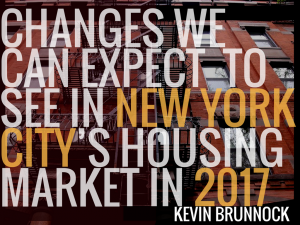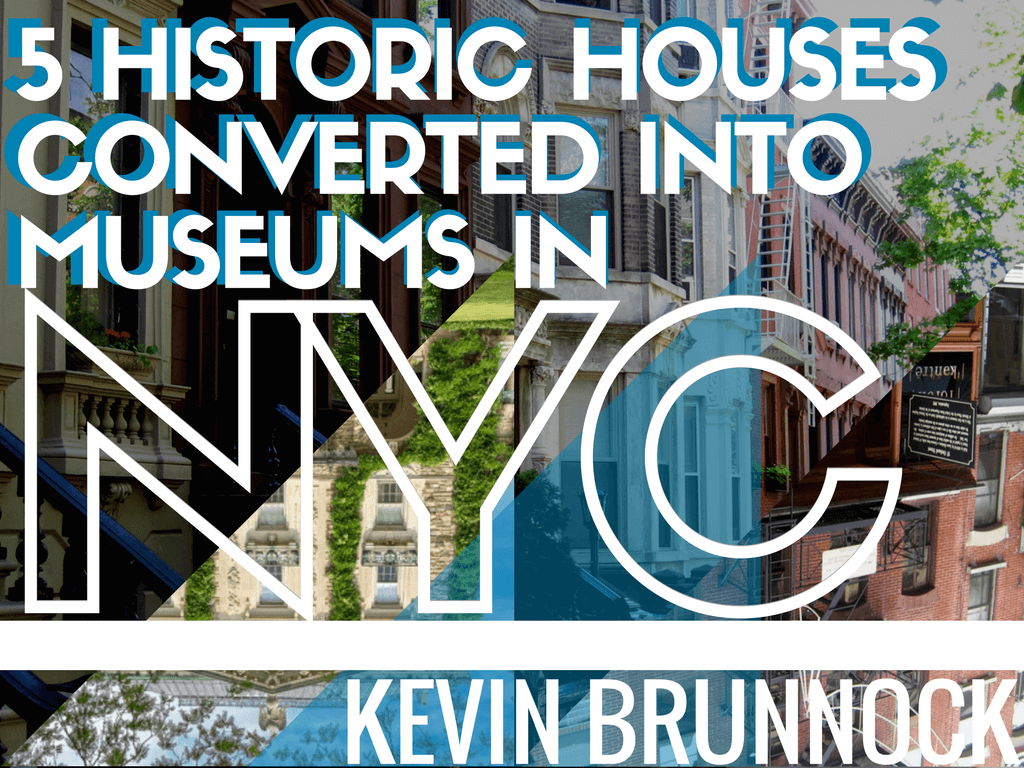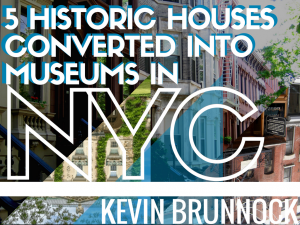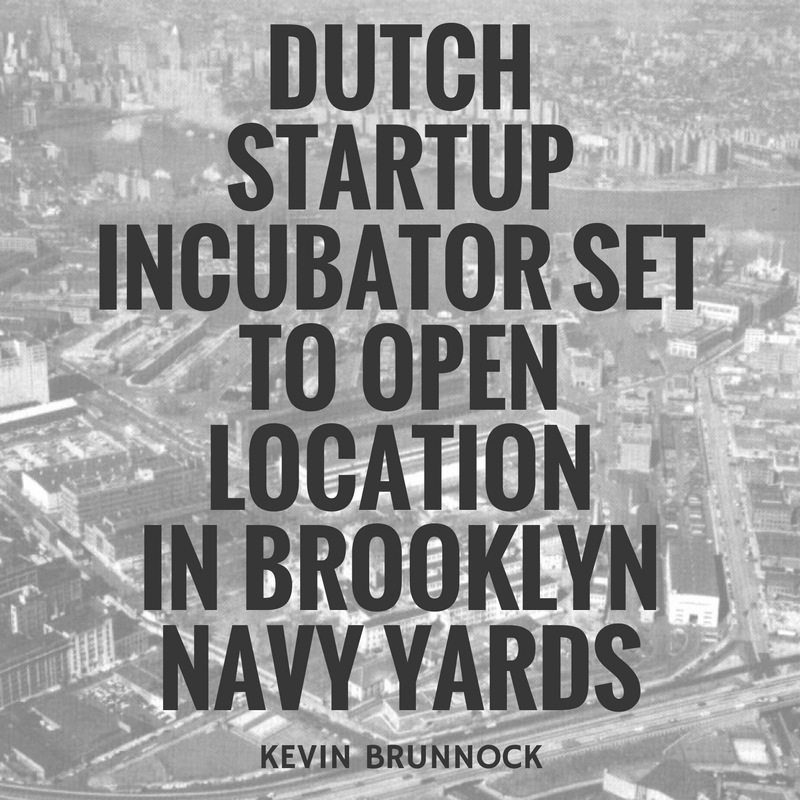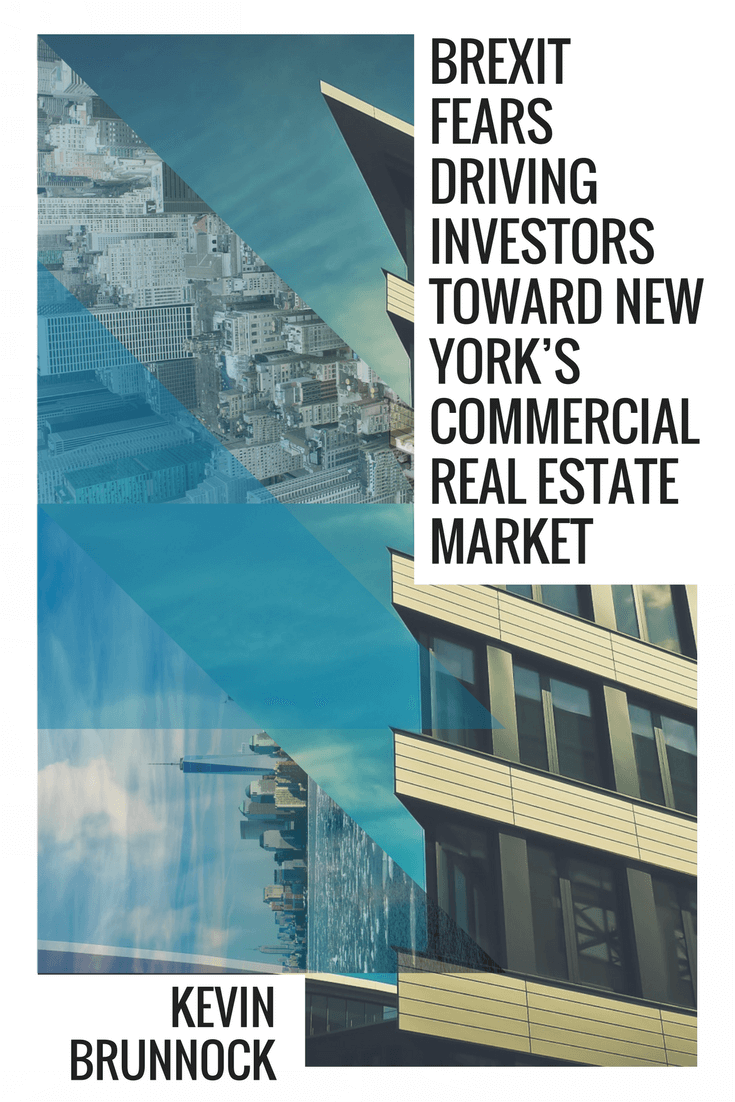Realtors have a lot of ideas about how to stage an open house. Some agents suggest the basics, such as cleaning the house which is always a good idea, but there are additional ways to make your home stand out to potential buyers and make a great first impression.
Renovations and Repairs
Make a better first impression by doing any repairs or renovations before you host an open house. Rooms that need painting, fixtures that are outdated, or minor improvements that must be made may put off potential buyers; what they notice is how much needs to be done.
Advertising
Get your home list with an MLS, on Craigslist, in local papers, and on social media. Email all your family and friends. Ask them to share. Put up signs around your neighborhood with directions to your home.
Thorough Cleaning
A sparkling clean home attracts more buyers than one that’s dingy. Some sellers use a professional cleaning service before hosting an open house to get windows and carpets cleaned. A professional cleaning service will make sure everything is in perfect condition.
Declutter Your Home
When people go to an open house, they want to see the home’s features. Before you schedule your open house, start packing. The house should appear sparse and not cluttered. It’s easier for buyers to have a good idea of how much space is available if it’s not cluttered.
Fill the House With Light
Make sure your home looks cheery and bright. Open drapes and blinds to let in as much light as possible. Most people want a lot of light in their home. You should turn all the lights on even if it’s a sunny day to transform the rooms into a warm and welcoming space.
Depersonalize
After you clean your home, pack away all your items including family photos, awards, and get the children’s toys out of the way. Buyers want to picture themselves in your home and imagine where they’ll place their personal items and furniture. It’s difficult for them to do that with your personal belongings strewn around the house.
Accessories and Furniture
You want your home to have a simple, uncluttered appearance, but it should always be staged with some furniture and a few accessories. If you’re still living in the house, add a few touches like a vase of fresh flowers in the living room, new guest towels in the bathroom, or new kitchen or bathroom fixtures. You may consider giving the kitchen a fresh coat of paint to brighten it up.
Security
Most people that attend an open house because they’re looking for a new home. However, you’re still letting strangers into your home, and you can’t keep an eye on everyone. Make sure to lock up all valuables including personal documents, jewelry, and checkbooks. Keep all expensive electronics out of sight.
Provide Handouts
Make sure that you provide a flyer or brochure with photos of your home, information about recent home sales in your price range, and community and school information.
Refreshments
Baking cookies and having freshly made coffee or soft drinks ready is a nice touch. Some sellers host a wine and cheese party or cookout and invite neighbors. The idea is to make the open house a fun, social event.
Pay Attention To Feedback
Listen to comments people make about your home. If several people make comments about repairs, features that put them off, or the price, you may want to make some changes.



